June 23, 2025: Samme Diaz, Vice President of Advisory Services at Healthlink Advisors, joins Sarah for the news. How can healthcare organizations address the persistent challenge of EHR-driven nurse burnout when clunky interfaces and poor workflow integration continue to hinder their progress? And as Emory Healthcare pioneers the nation's first Apple-powered hospital environment, what possibilities emerge when consumer technology meets clinical care? Beyond the technology itself, Sarah and Samme draw from their CIO experience to examine the often-overlooked human elements of digital transformation.
Key Points:
News Articles:

Questions about the Podcast?
Contact us with any questions, requests, or comments about the show. We love hearing your feedback.

© Copyright 2024 Health Lyrics All rights reserved